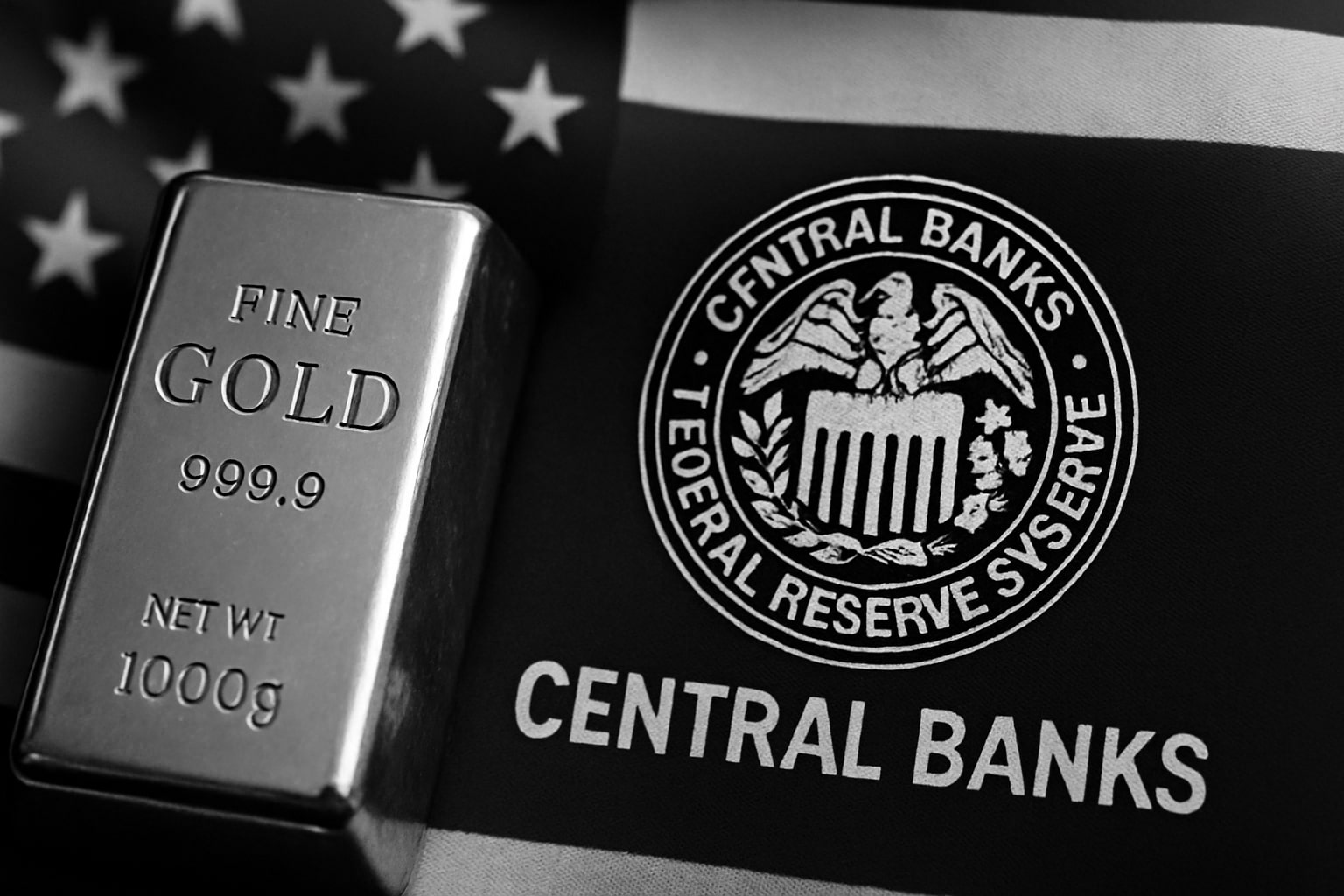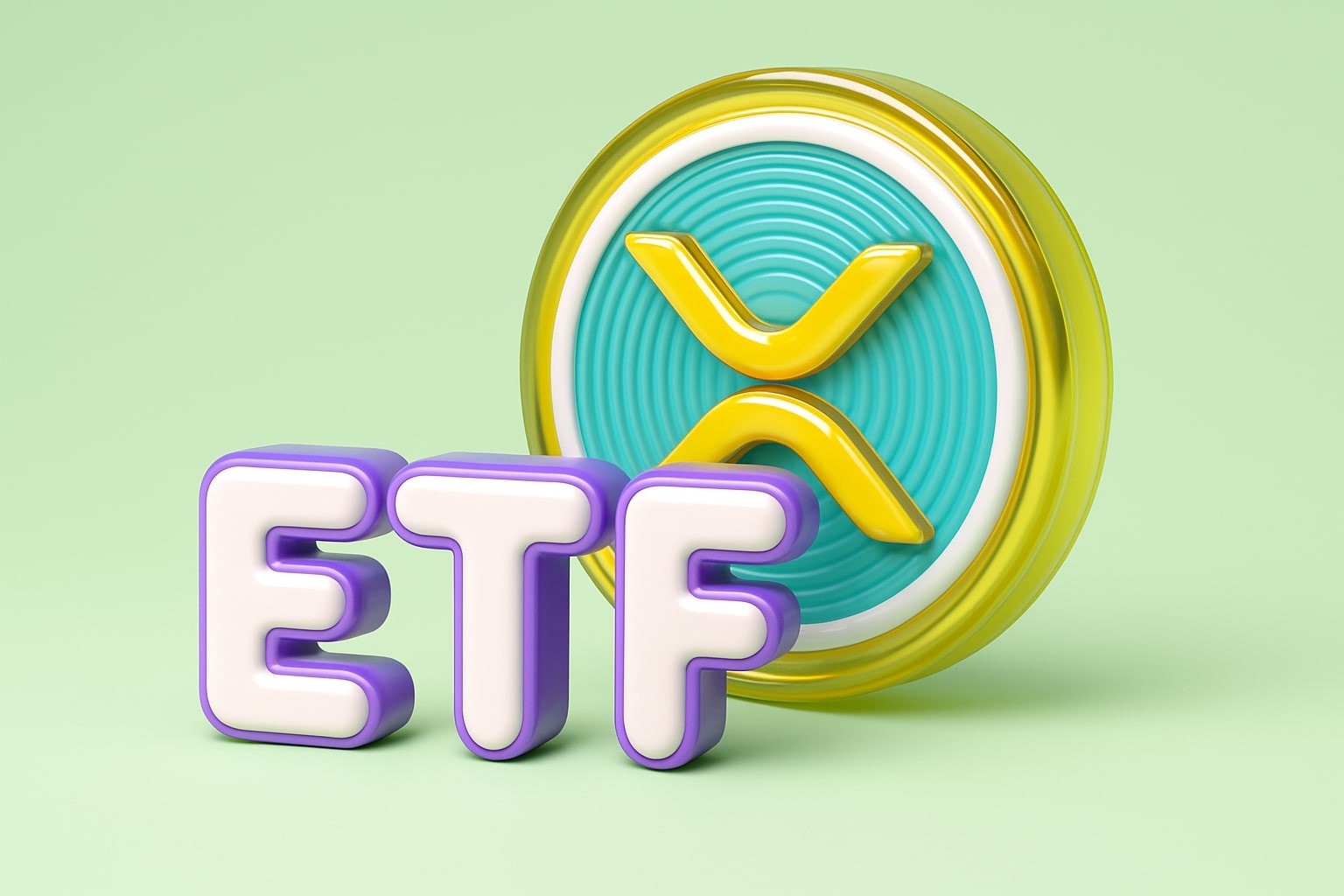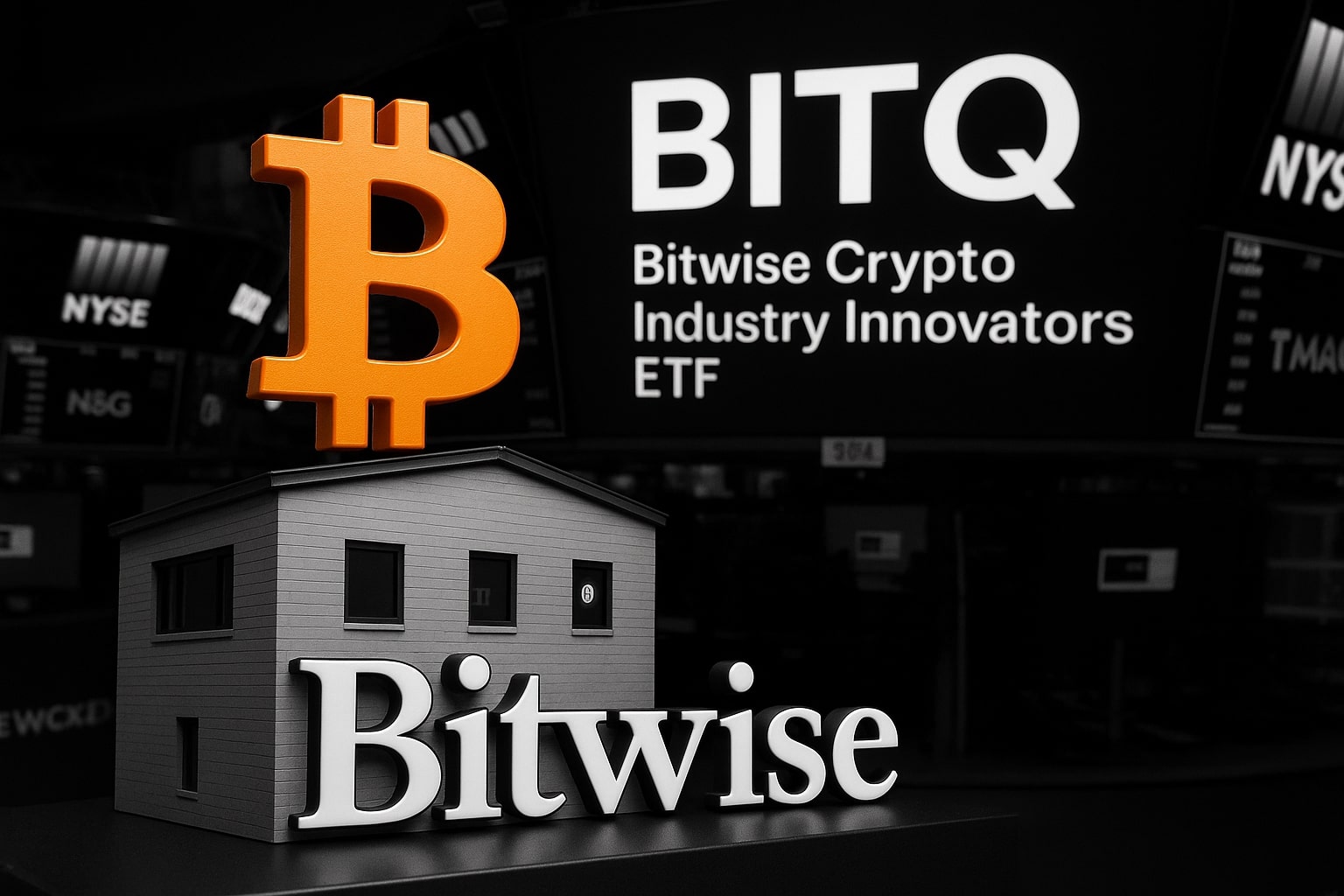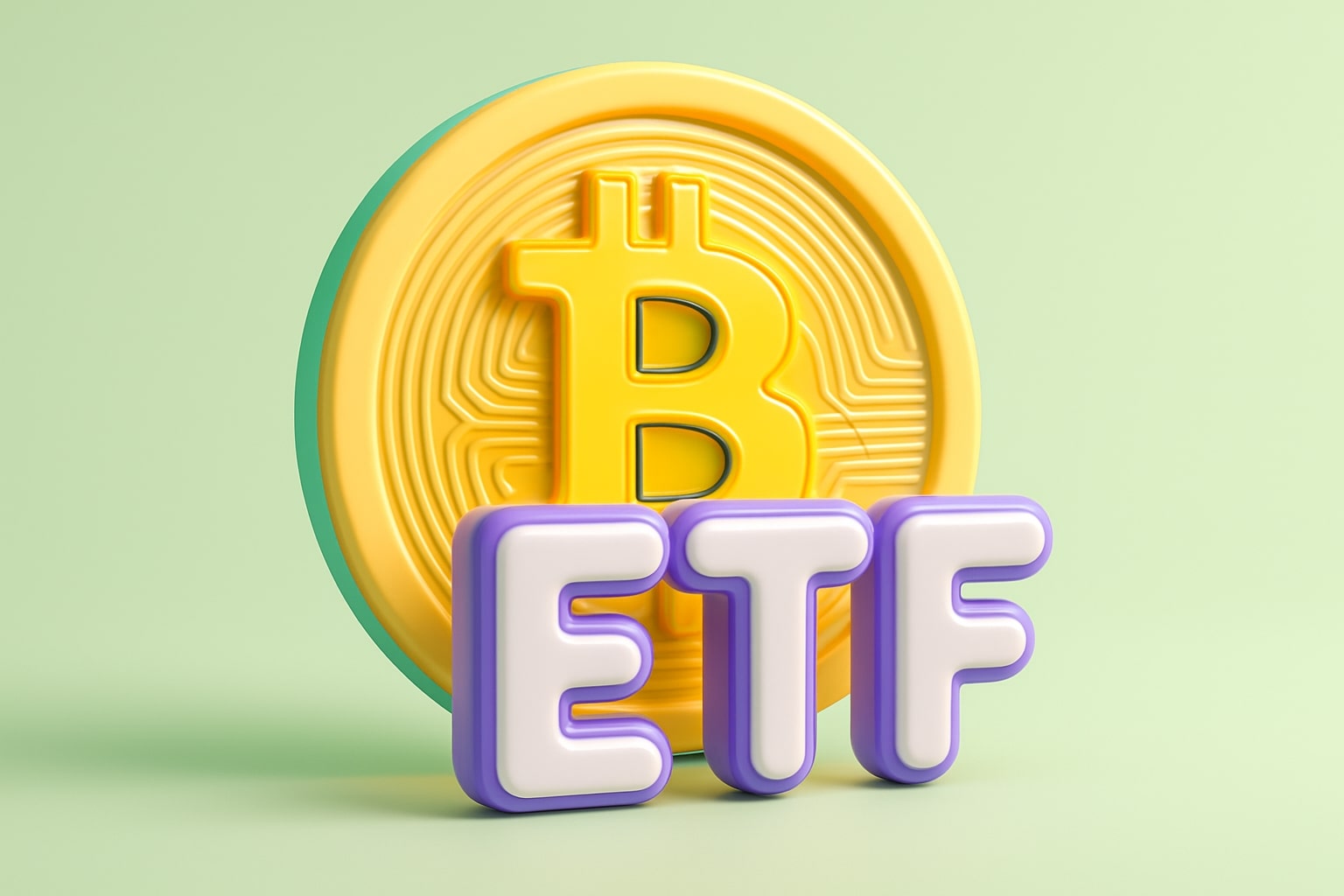Gold Price Analysis: The Role of Inflation, Trade Deals, and Technical Indicators
The price of gold (XAU/USD) has seen substantial fluctuations recently, reaching as high as $3,500 per ounce before retreating back to the $3,250 mark. This drop comes after a significant rally fueled by concerns over global economic stability, the ongoing US-China trade war, and inflation fears. On Tuesday, the price of gold slightly recovered, gaining around 0.5% as traders evaluated the ongoing implications of the trade negotiations and awaited the April Consumer Price Index (CPI) report for further insights into inflationary trends. As of now, XAU/USD is trading at $3,256, showing resilience despite a volatile market. This technical bounce might signal a potential buying opportunity for those looking to take advantage of the dip before gold prices push higher again.
Gold Price Reaction to US-China Trade Deal: A Risk-on Sentiment
The recent news surrounding the US-China trade deal has had a direct impact on the price of gold, pushing it down as investors' risk sentiment improved. The deal, which temporarily reduces tariffs on Chinese imports from 145% to 30%, along with China's tariff reductions from 125% to 10%, has calmed fears of a trade-induced recession. The optimism from this agreement has been reflected in the movement of risk assets, with global equities seeing gains. However, this improvement in market sentiment has put downward pressure on gold prices, as the safe-haven appeal of the precious metal diminishes in a more optimistic global outlook.
Despite this risk-on sentiment, gold traders are still positioning themselves cautiously, aware that the geopolitical landscape remains volatile. The ongoing trade disputes, along with the uncertain outcomes of global economic policies, mean that gold's appeal as a store of value could be reignited at any moment. As we look at XAU/USD, the rally from the trade deal may be short-lived, and a return to a more defensive stance could push prices back towards the all-time high of $3,500, especially if further geopolitical tensions arise.
Inflationary Pressures and the Federal Reserve’s Role in Gold Price Movement
The key driver of gold's recent surge has been inflationary pressures, which have led many investors to flock to gold as a hedge against the eroding value of currency. With inflation rising globally, particularly in the US, gold has become a go-to asset for many traders looking to preserve wealth. The latest CPI data for April, which is expected to show an increase of 2.4% year-over-year, signals that inflation remains stubborn despite efforts to curb it. Core CPI, which excludes volatile food and energy prices, is expected to rise by 2.8%, further indicating persistent inflationary pressure.
The Federal Reserve's response to inflation is critical to the future price of gold. While the Fed has indicated that it will remain cautious on rate cuts, especially with inflationary pressures still present, the market has priced in a potential 0.25% rate cut in September. A move like this could increase demand for gold, as lower interest rates typically make gold more attractive relative to other assets like bonds or stocks. The relationship between XAU/USD and interest rates is inverse; when rates fall, gold prices tend to rise, and vice versa. Thus, gold may continue to find support as long as inflation persists and the Fed remains reluctant to hike rates aggressively.
Gold's Technical Outlook: A Key Support and Resistance Levels to Watch
From a technical perspective, the gold price has formed a constructive outlook, holding above key support levels like the 100-day Exponential Moving Average (EMA). The recent dip below $3,200 was quickly followed by a rebound, with XAU/USD finding support around $3,150. The next key resistance level is seen at $3,347, the high of May 9, and a breakout above this level could open the door to a move towards the all-time high of $3,500. Should prices manage to break through this barrier, the next major hurdle lies at $3,432, the upper boundary of the Bollinger Band.
However, in a bearish scenario, a break below $3,200 could see XAU/USD test the next support at $3,142. A further decline could push the price down to $3,121, where the 55-day Simple Moving Average (SMA) could offer support. Traders are closely watching these levels, as any breach of key support could lead to a more significant decline in the short term.
Central Bank Actions and Geopolitical Risks: A Push for Gold Demand
Central banks around the world have been adding to their gold reserves, contributing to gold's appeal as a hedge against geopolitical instability. As central banks continue to accumulate gold, especially in countries like Turkey, India, and China, the overall demand for the yellow metal is set to rise. In fact, central bank purchases have reached over 1,000 tons per year since 2022, a sharp increase from previous years. This buying trend has helped support gold prices during times of uncertainty.
In addition to central bank actions, geopolitical risks, including rising tensions in the Middle East and the US-China trade war, continue to boost demand for safe-haven assets. If these geopolitical tensions escalate, gold could once again see a sharp uptick as investors flock to it for protection.
Gold as an Investment: Store of Value Amid Economic Uncertainty
Gold has long been considered a store of value, particularly during times of economic instability. Despite its lack of dividends or regular income, gold remains a popular choice for investors looking for stability. In recent years, gold has appreciated significantly, with a 40% increase over the past year, driven by economic uncertainties and inflationary pressures. Gold's price has surged above $3,500 in April, marking a new all-time high, surpassing previous peaks set in the early 1980s and 2011.
While gold can be a reliable asset during uncertain times, it is not without its risks. As a commodity, its price can fluctuate significantly based on market sentiment and external factors like inflation, interest rates, and geopolitical events. Nevertheless, for investors looking for a tangible asset that offers protection against economic volatility, gold remains an attractive choice.
Conclusion: A Buying Opportunity or a Risky Investment?
Given the current market conditions, XAU/USD appears poised for further upside, but it is essential to monitor key support and resistance levels, as well as upcoming economic data such as the CPI report. Investors may want to consider buying the dip if prices fall back toward $3,200, but any significant break below that level could signal further downside. Ultimately, whether XAU/USD continues its rally or faces a correction depends on a variety of factors, including inflation data, central bank policies, and geopolitical risks. For now, gold remains a strong contender as a hedge against inflation and global instability.




















